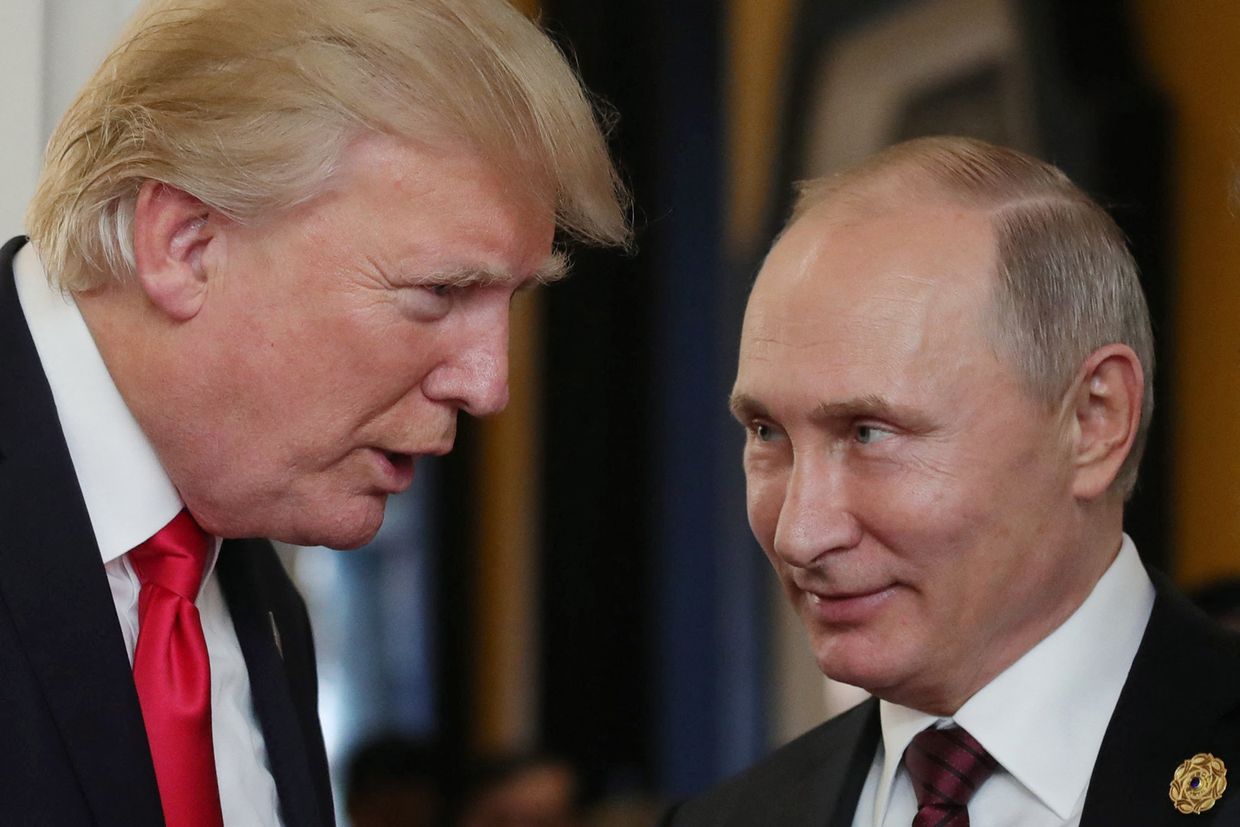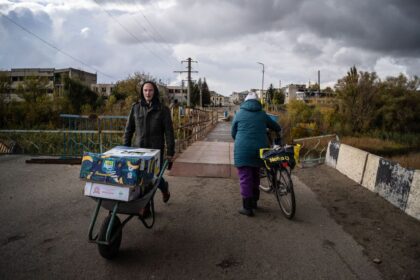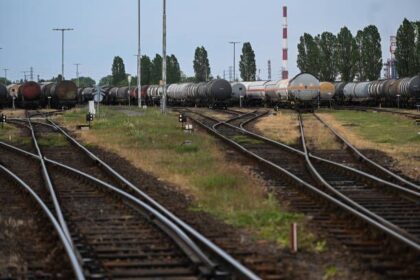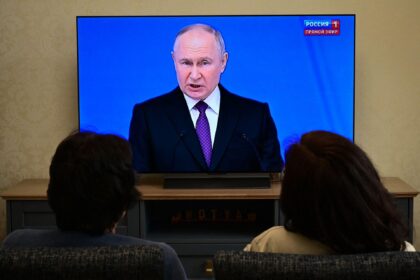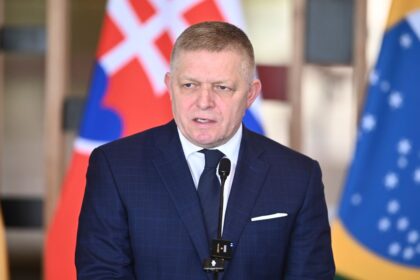**U.S. Proposes Peace Deal in Ukraine War, But at What Cost?**
The Trump administration has finally presented its long-awaited peace proposal to end the Russia-Ukraine war. According to Axios, a U.S.-backed plan would require significant concessions from Ukraine and President Volodymyr Zelensky.
**Key Points of the Proposal**
Under the proposal, Washington would de jure recognize Russian control over Crimea, along with de facto recognition of its occupation of other Ukrainian territories in Luhansk, Donetsk, Kherson, and Zaporizhzhia oblasts. This would effectively give up Ukraine’s claim to these regions.
In return, Ukraine would get back a part of Kharkiv Oblast occupied by Russia, unimpeded passage of the Dnipro River, and compensation for reconstruction costs. However, the proposal does not specify how this will be financed or provide details on the security guarantees promised to Ukraine.
**Concerns Over the Proposal**
Ukrainian President Zelensky has already ruled out recognizing Crimea as Russian, which has led to a backlash from U.S. Secretary of State Marco Rubio and Special Envoy Steve Witkoff, who have withdrawn their participation in talks with Ukraine.
European foreign ministers have also suspended their attendance at the London meeting aimed at ending the war. Chief diplomats from the UK, France, and Germany are reportedly not attending the talks due to concerns over the U.S. proposal.
**Russia’s Response**
Russian attacks across Ukrainian regions killed at least four civilians and injured 88, including children, over the past day. In a separate incident, a Russian drone attack on the town of Marhanets in Dnipropetrovsk Oblast killed nine people and injured 30.
A Russian court sentenced two residents to 14 years in prison for allegedly committing “treason” by transferring funds to the Ukrainian military.
**Global Reaction**
The proposal has sparked concern among world leaders. Hungarian Prime Minister Viktor Orban opposed Ukraine’s accession to the EU, while Australian Prime Minister Anthony Albanese refused to attend a meeting with Russian officials, citing concerns over promoting Russia’s propaganda messages.
Ukraine’s Security Service (SBU) charged 14 high-ranking metropolitans and archbishops of the Russian Orthodox Church for their involvement in the seizure of Ukrainian churches in occupied territories.
**Next Steps**
The U.S. expects Ukraine to respond to its peace plan on April 23. The proposal faces significant opposition from both sides, making it uncertain whether a lasting peace can be achieved.
As the world waits with bated breath for a resolution, one thing is clear: any agreement would require painful concessions and compromise from all parties involved.
**Commentary**
The U.S. proposal has been met with skepticism by many in Ukraine and around the world. While some may see it as a chance to bring an end to the devastating war, others view it as a betrayal of Ukrainian sovereignty and interests.
As Anastasiia Blyshchyk, spokesperson for Ukraine’s 66th Separate Mechanized Brigade, said: “This so-called truce did more damage to us.” It remains to be seen whether this proposal can bring peace or only exacerbate the conflict.




